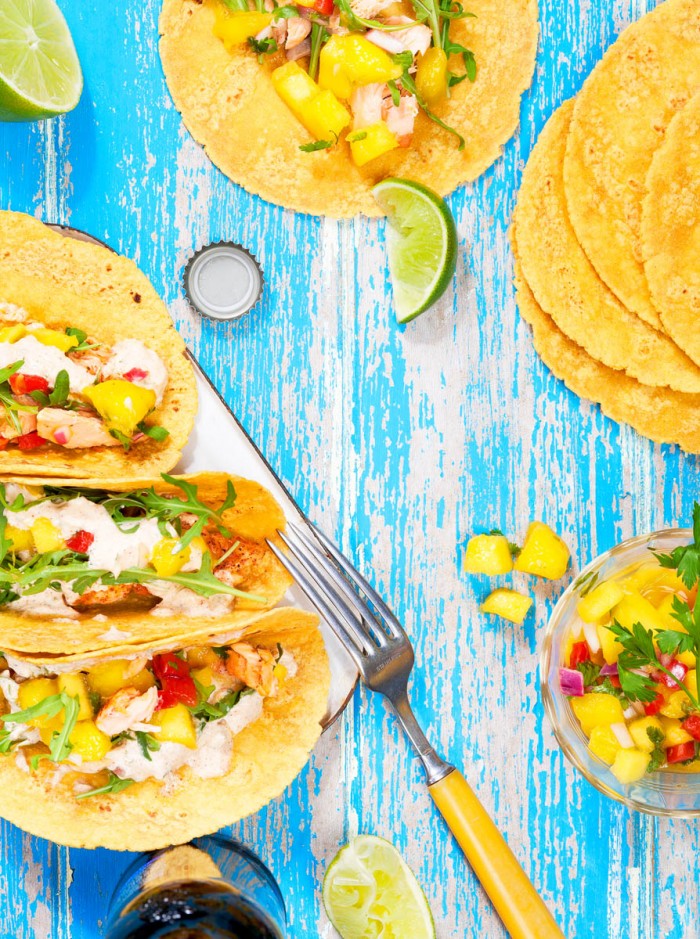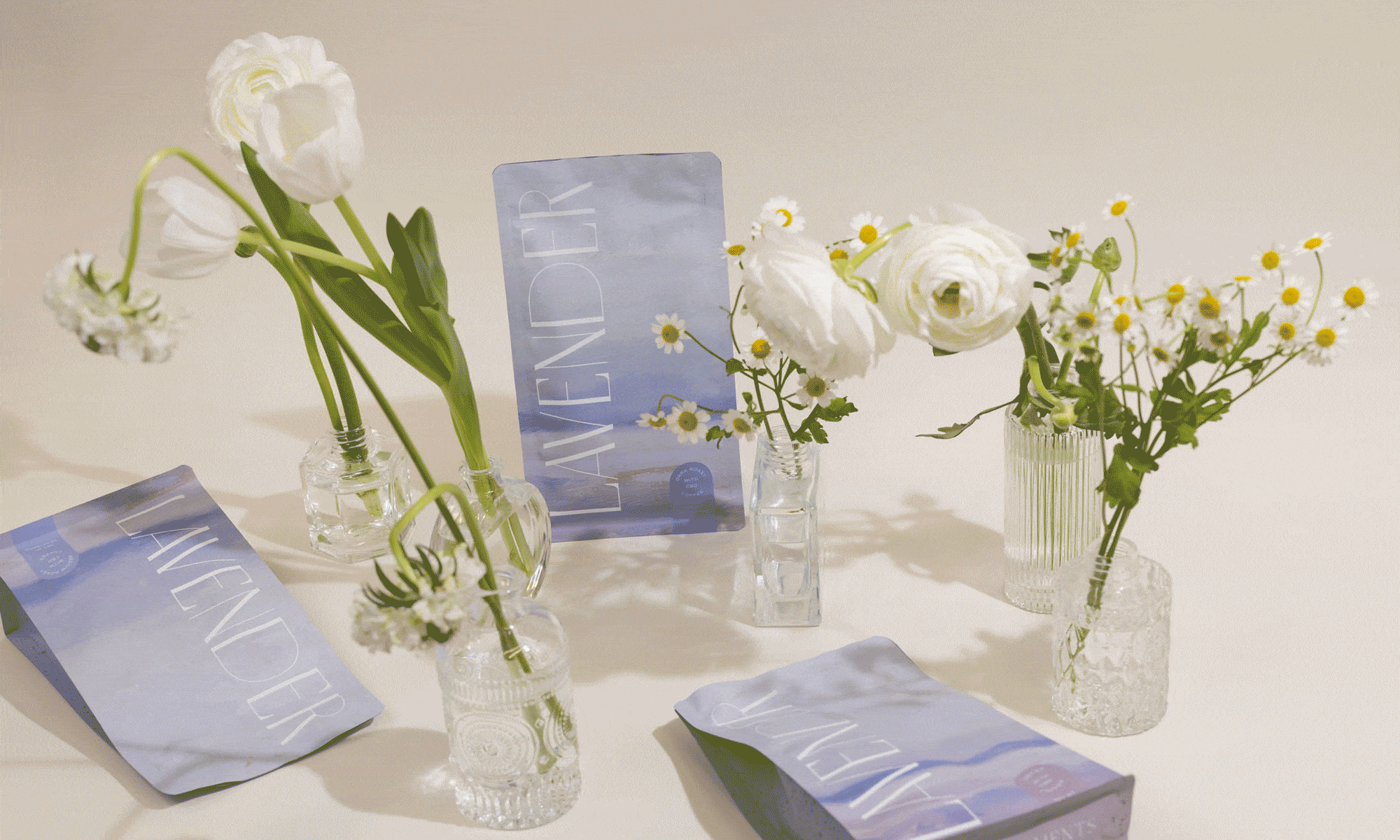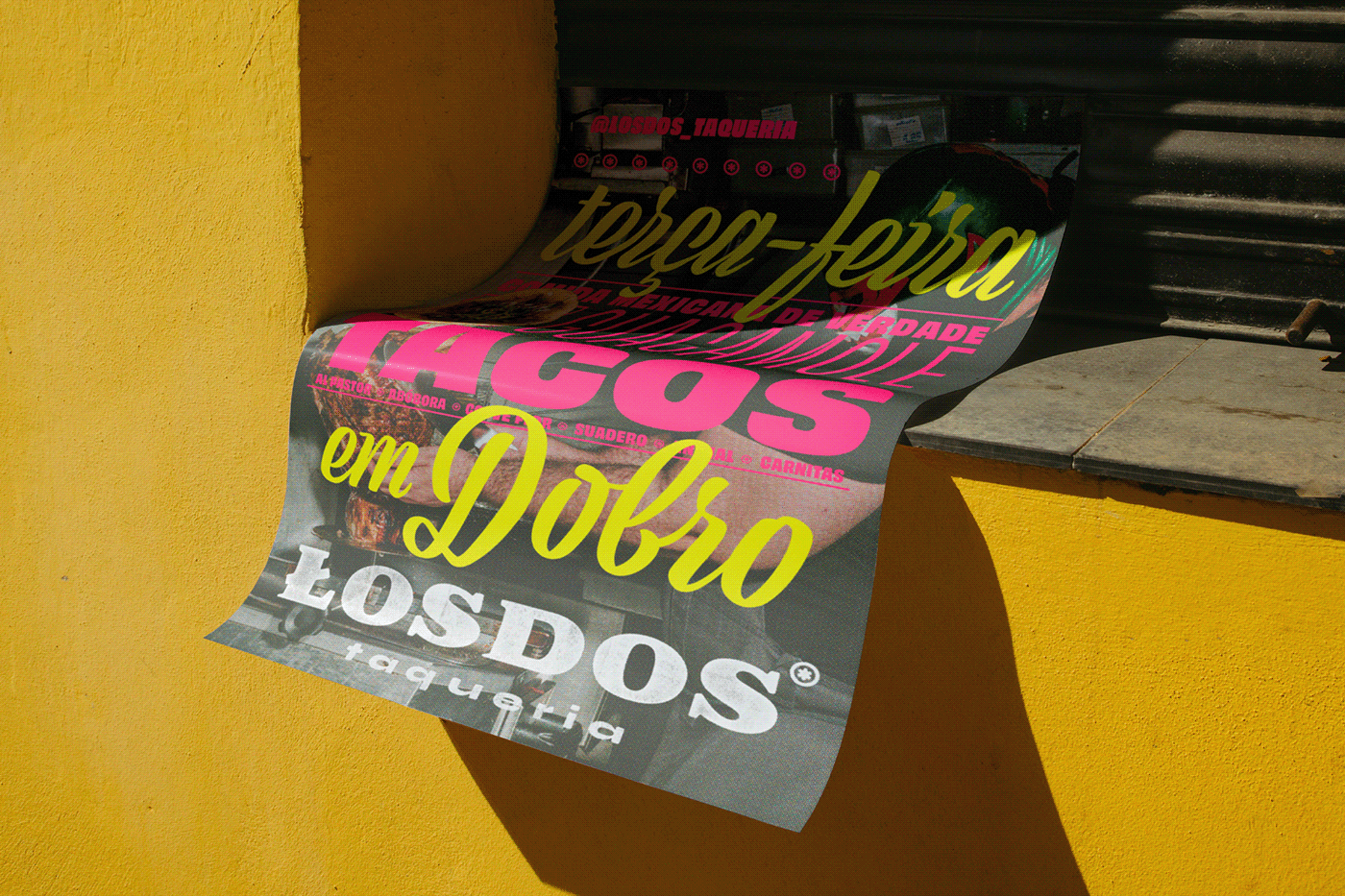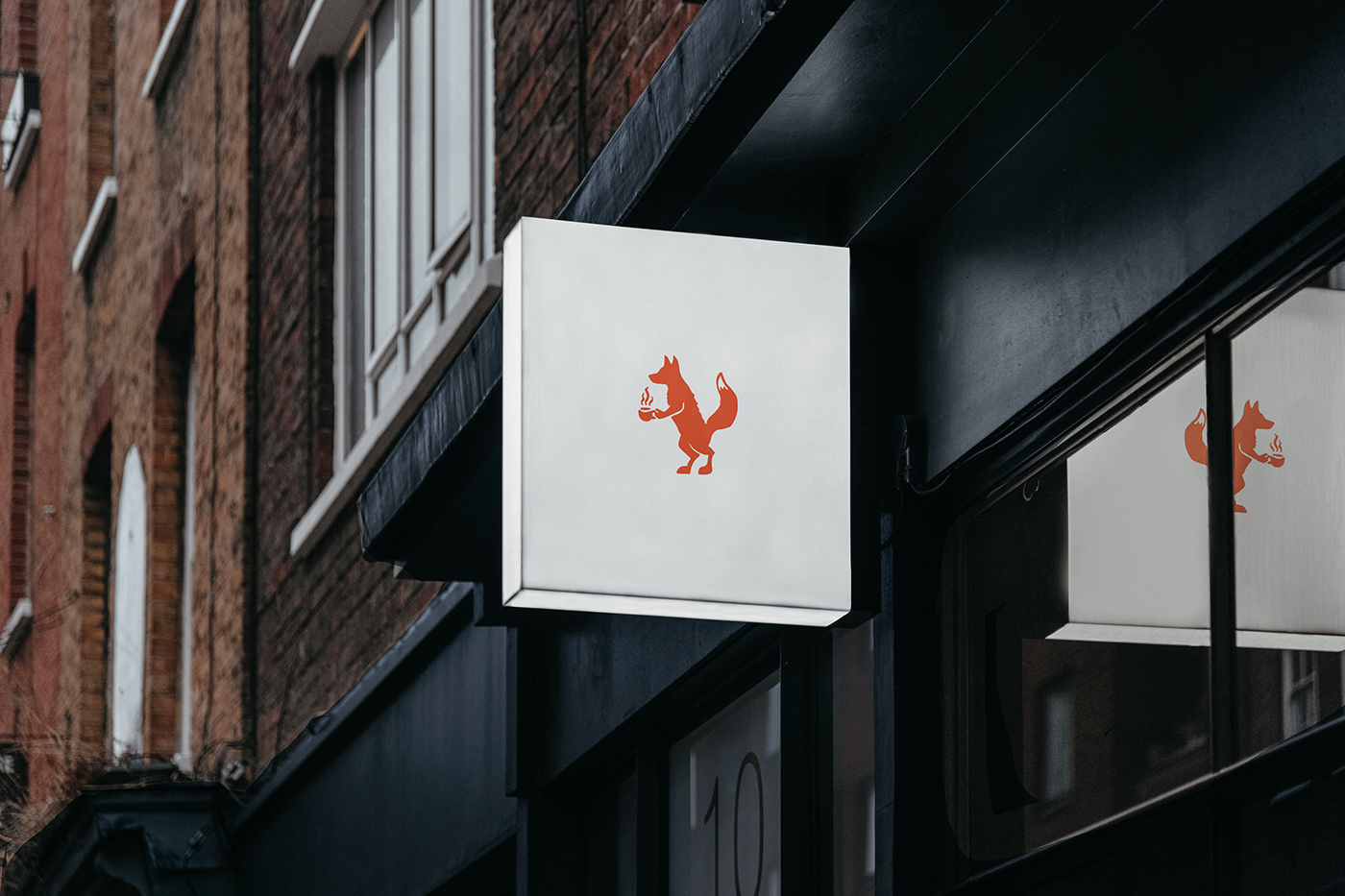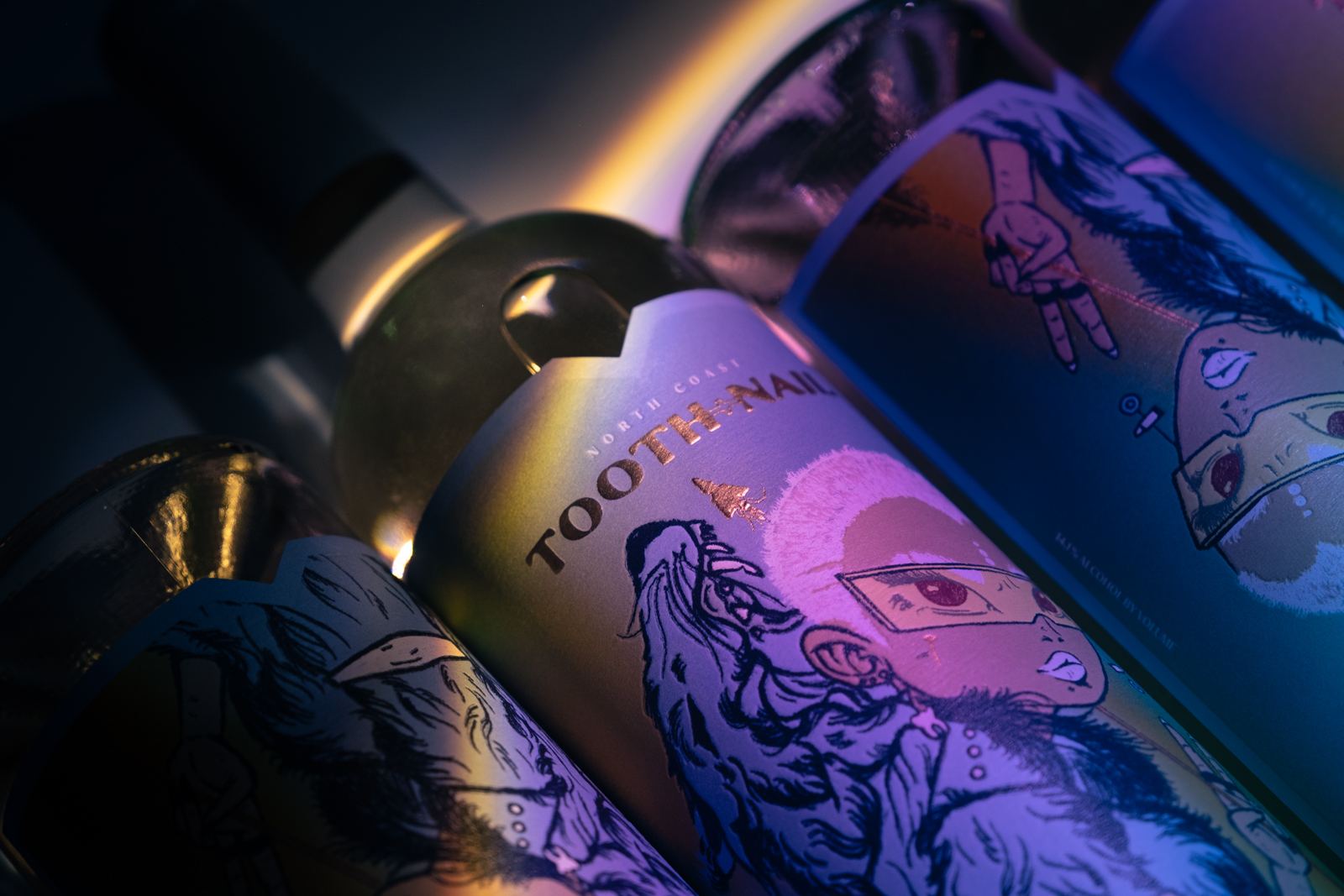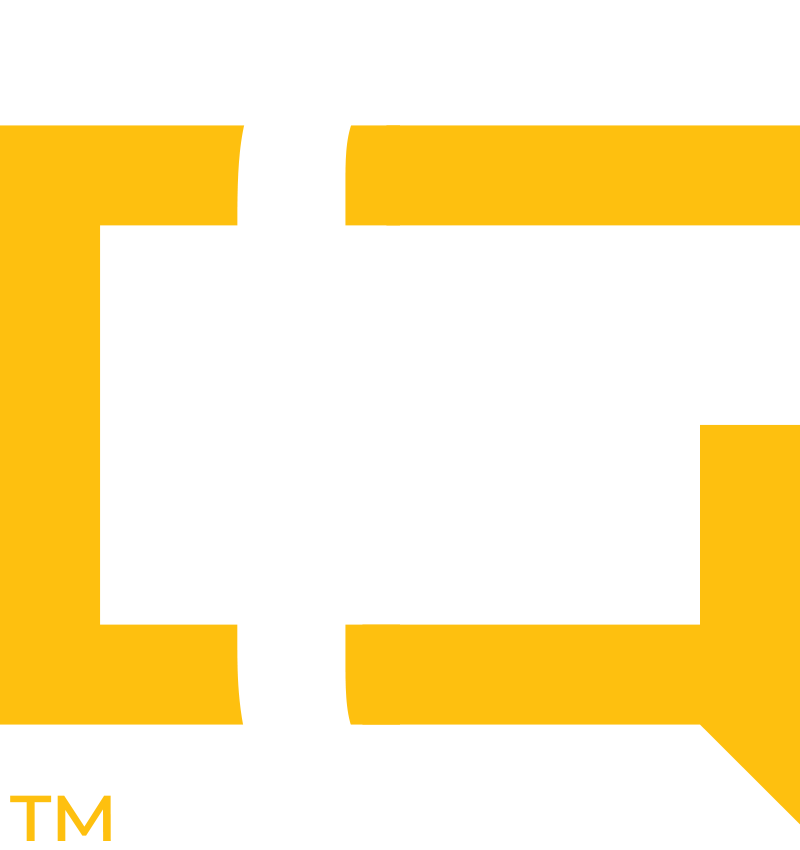The art of photographing food is one that seems to mystify a lot of designers and restauranteurs out there. Getting the right lighting is tough, and using special “tricks” to make the food more appetizing is highly controversial. It’s been debated over and over again by photographers, designers and other creatives. The fact is, food photography is an art unto its own with only a select few photographers who know how to get it just right. Leslie Grow, from Los Angeles, is one just artist.
I had a chance to virtually “sit down” with Leslie to pick her brain about what makes her tick. Enjoy!
What got you into food photography?
A couple of years ago I became really interested in cooking and learning the process of it all. I watched endless hours of cooking shows and engrossed myself with cookbooks and food magazines trying to cook something other than plain pasta with butter and parmesan cheese. I was in a period of experimenting with flavors and food combinations. It dawned on me one day that some of the cookbooks I was referencing had terrible photos. I went to school for photography so I already had an understanding of light, color, and composition. After graduating, I didn’t really know what I wanted to photograph, so I tried everything, but none of what I was working on felt natural or comfortable. I did a couple of shoots with some of the meals I made and it felt like me. It was a laid-back shoot and I had so much fun working on it.
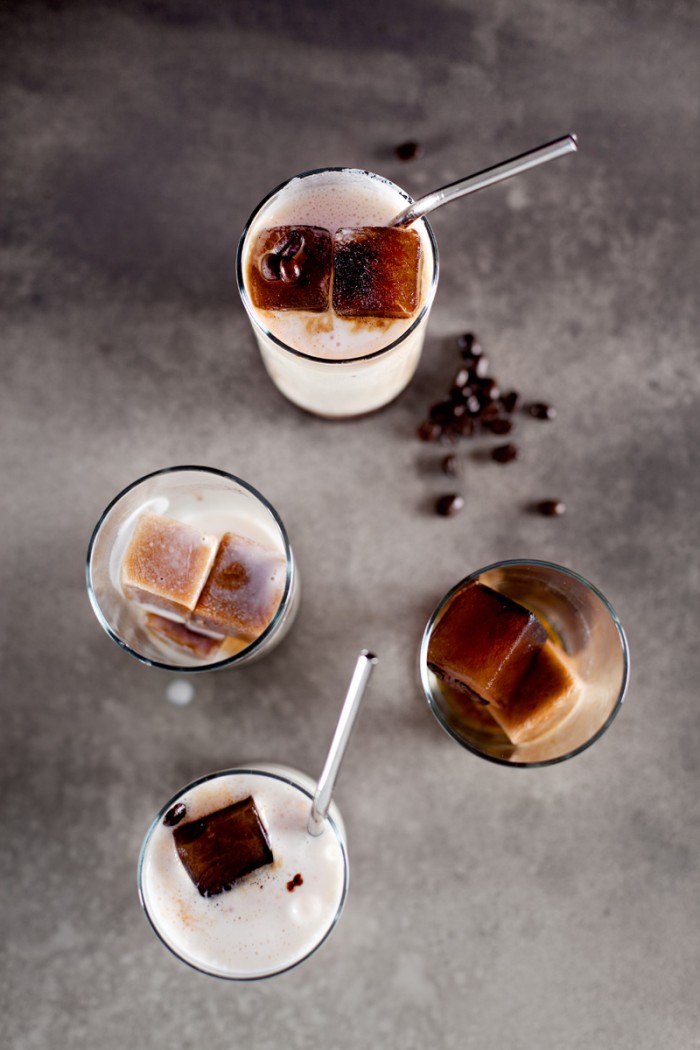
What was it that attracted you?
Growing up and to this day, I’ve been very grateful to my mother who has had a garden full of vegetables. I didn’t understand it when I was young, but now I have a great appreciation and respect to those who work in the fields to provide food for everyone. I’m intrigued by all the different shapes & colors and just love what nature is able to produce.
Do you feel it’s more effective to style and photograph, or stay focused on one discipline?
It depends on the job, at least for me anyway. For personal projects, I work by myself. I do all the prep work, food and prop shopping, cooking for the shoot, styling on set, setting up the lighting, and finding the compositions. It’s a lot for one person to handle, but I’m working on my own time and money so I’m not concerned about taking all day or multiple days to shoot. However, when I’m working on a paid job with a client, I always work with a food and prop stylist. I have to be very conscious of time while working with a client. They’re usually working with a set budget and can’t afford to go into additional days of shooting. Working with stylists gives me time to think about the lighting, do some light tests while the food is being prepared, and finalize the scene with the prop stylist. Once the food is ready, there is about a 10-15 minute window (that might even be too long) before the food starts to wilt and look unappetizing.
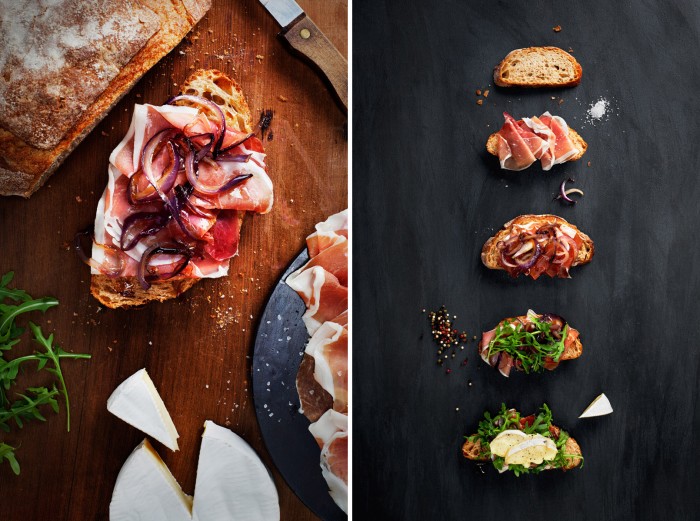
Which do you think is better for small restaurants: natural or artificial lighting? Why?
I don’t think there is a ‘right, wrong, or better’ answer for this. A professional photographer understands light and can work with natural light or can make artificial light look natural. Working with natural light is really lovely and the photographer doesn’t have to haul around a bunch of equipment. If the restaurant has beautiful light available, by all means us it! But there is one big factor about natural light that can be tricky, it changes constantly. If the photographer doesn’t know how to work with the changes in light or the shoot is going past sun-down, then you could run into some problems. Using artificial light provides control and consistency. Some people think it’s cheating but if the photographer knows how to use it correctly, you would never know the difference. When I was first starting to shoot food, I was using whatever natural light was available. I studied and learned it’s qualities. In the winter months my available light was from 11am-3pm, that didn’t give me a lot of time to work with. So I started to play with artificial light and soon realized it gave me more flexibility. All of the work you see on my website has been done in my studio with artificial light.
What would your dream project look like? Type of client? Type of food?
I would love to work on a cookbook that focused on fresh foods from small business farmers and farmer’s markets. Farmers are so modest and I would find it very interesting to photograph their story and way of life. I have a yearning to learn and understand where my food is coming from and who is raising it. As long as I’m able to do what I love and make a living from it, I’m happy to follow the path wherever it may take me.
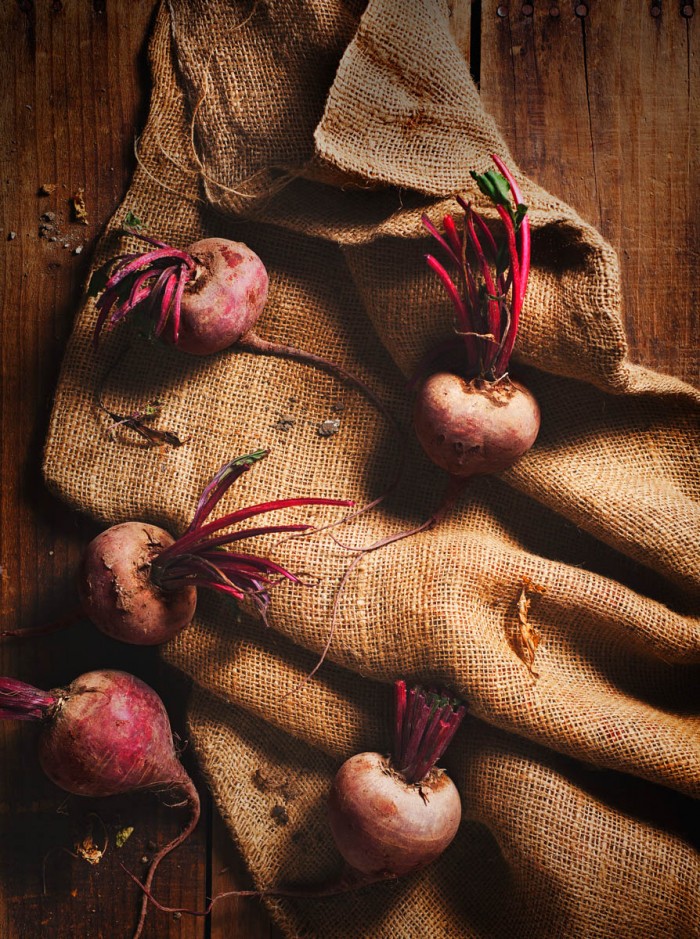
Do you use any trick or have any tips to share for getting that perfect shot?
I don’t really use or have tricks when photographing food. I might spruce up fruits and vegetables with water or meat with some olive oil to give it some life and shine, but other than that it’s all natural. Getting that ‘perfect shot’ takes time, patience, and practice. I’m constantly looking at food photography, studying the styling and lighting.
What’s been the most frustrating project and why?
When I was just starting out, I took on a client that was a start up company looking to build their website in a short timeframe. I invested a lot of time in research, prep work, many days shooting, editing, and re-shoots & re-edits. What went wrong was I wanted the job so bad that I was working with their budget, which was very minimal, working without copy layout, and doing everything to make sure to please them. They didn’t have the budget to work with a food and prop stylist, so I took on everything. I way under estimated how many days it would take to complete and how much of my own money it was going to take for food and props. I ended up working on it over a month and put myself in a financial bind. Needless to say, I’ve learned some valuable lessons not to do that again.
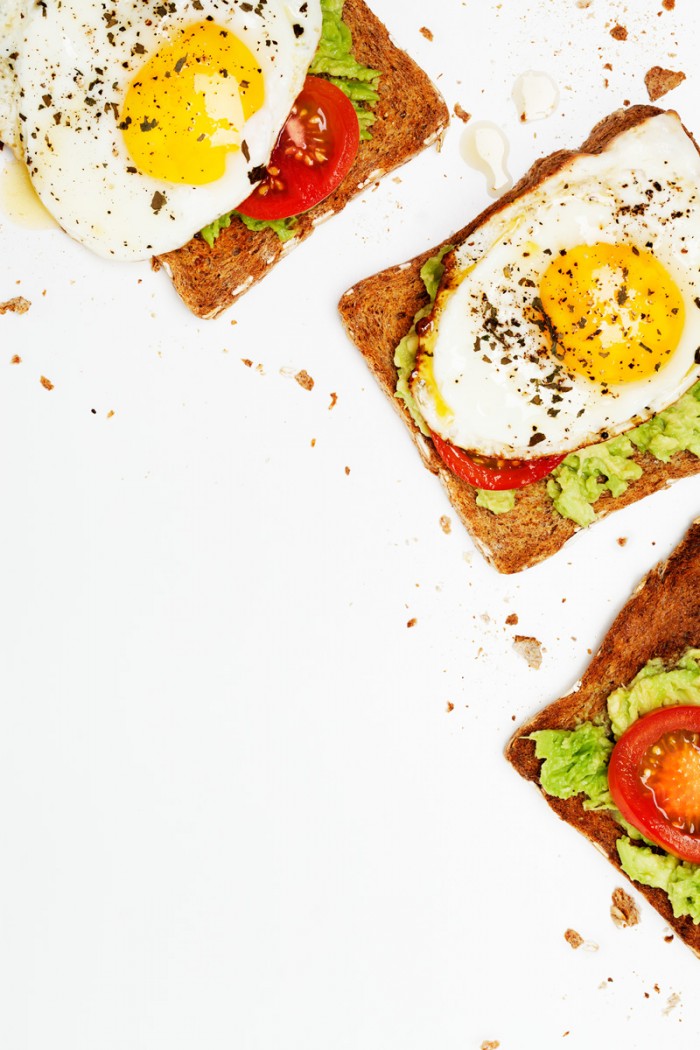
Have you put anything in place to prevent that situation for arising again?
Yes. I took everything I learned from that client and wrote down questions I need to ask or consider when I get inquires about a job. Things like: Is the job editorial, commercial, or advertising?; Who is developing the concept for the shoot, the client or photographer?; What is the budget for prop & food stylists?; Is there a rush to complete the job?; Will I need to rent studio space or equipment?; How many hours/days of editing will be need after the shoot?; How many days are needed for prep? I also started writing contracts to include what happens about re-shoots, re-edits, and advance payment before starting a job. When I’m asked about my services or shooting for a particular job, I try to get as much information as possible. The more you know about it, the less room there is for error or misunderstanding for either party. Also, writing and sending official estimates & invoices (via pdf) is very important rather than agreeing verbally or through a long chain of emails.
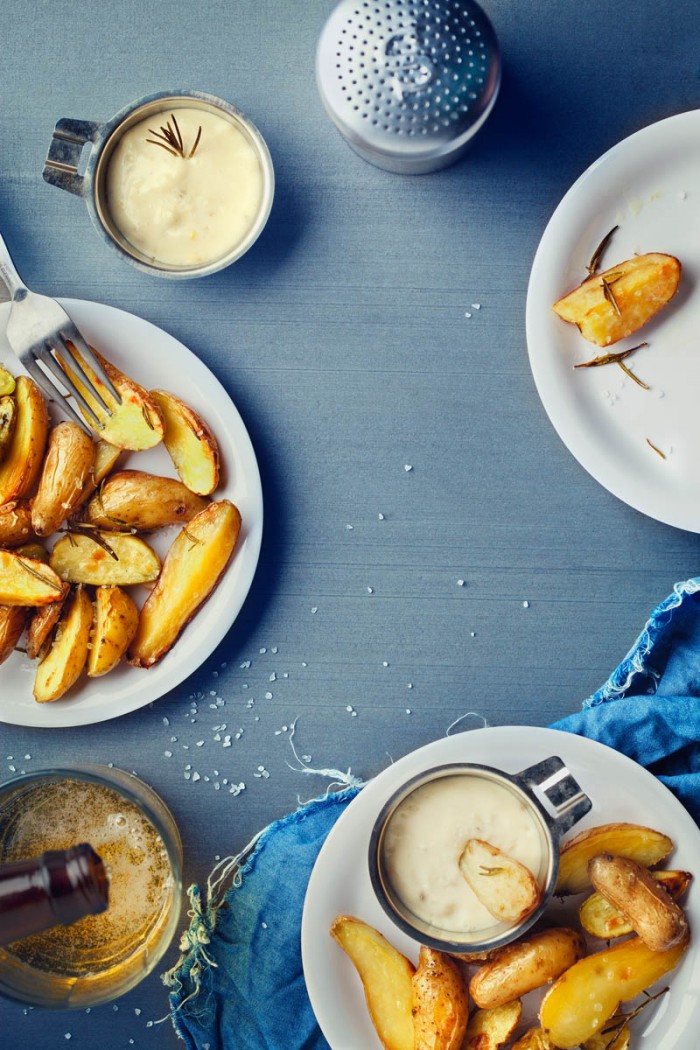
What kind of advice could you give to up and comers in the food photography world?
Food photography is more than just knowing your way around the kitchen, or cooking with the best ingredients. It’s a craft that I have explored, tested, and fine tuned over the years. Good photography comes from having an understanding of light and knowing what you want to achieve through the camera’s functions. Knowing what your aesthetic is and playing around with different props and lighting to help create a specific mood or feeling. I was recently featured in an artist’s inspiration interview, asking where I draw inspiration and information from. You can find my answers here. My biggest piece of advice is to research, have patience, and practice as much as you can. You can learn so much from trial and error. Lastly, find photographers that you admire or have the same aesthetics and follow their work. And remember to have fun at it, never make it feel like a job.
